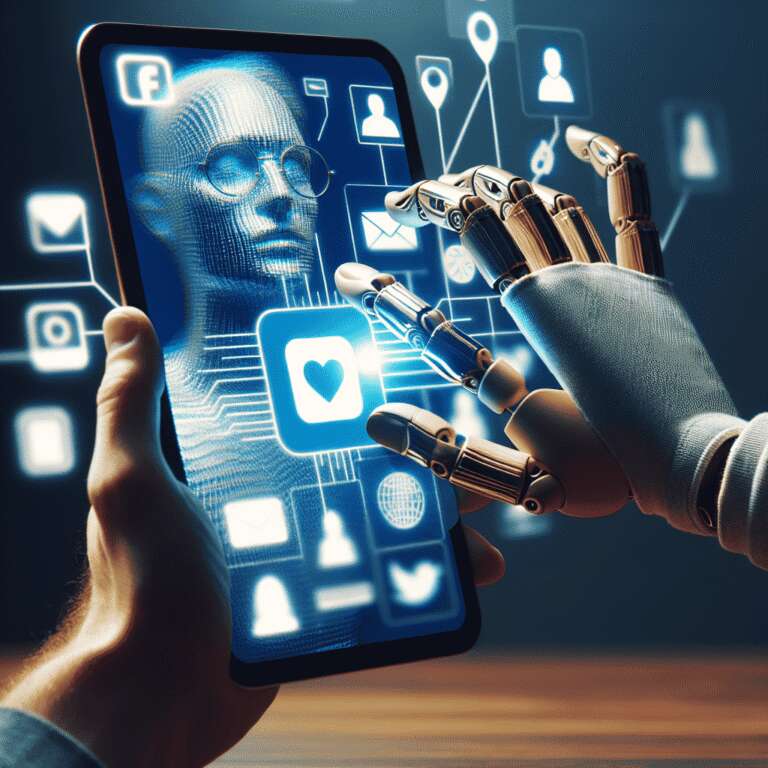Generative Artificial Intelligence-powered virtual influencers are rapidly transforming the social media marketing landscape, as major brands increasingly employ these digital avatars to endorse their products. According to a Financial Times report, virtual influencers are beginning to outcompete human content creators within the multi-billion-dollar content creator industry.
One notable example is Aitana Lopez, a virtual influencer created by Diana Nunez, co-founder of ad agency The Clueless. Lopez, who boasts over 200,000 followers on social media, reportedly earns in excess of Rs 9 lakh per month through product endorsements. Despite being entirely fictional, brands have paid significant sums—about ?,000 per promotional post—for Lopez to showcase their products, highlighting a shift in brands´ approach towards influencer marketing.
This trend extends beyond individual cases. The Clueless is developing additional virtual influencers such as Laila, described as a ´curvy Mexican.´ Luxury brands have formed partnerships with digital personalities, such as Kim Kardashian´s KKW Beauty collaborating with Noonoouri and Louis Vuitton working with Ayayi. Evidence from Meta´s advertising analytics revealed that using virtual models significantly reduced ad recall costs, with H&M´s campaign reaching 11 times more people at 91% lower cost per person compared to traditional ads featuring real influencers.
Virtual influencers like Lil Miquela, who has nearly 3 million followers, command thousands of dollars per promotion and work with high-end brands like Burberry, Prada, and Givenchy. Brands are drawn to the efficiency, cost savings, and audience reach provided by Artificial Intelligence-generated influencers, making them a compelling alternative to human creators. This rise is reshaping the marketing industry and intensifying competition within the influencer economy.

